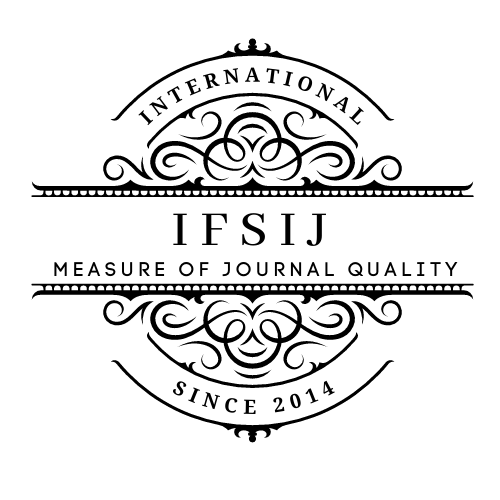DIAGNOSIS OF TRACE ELEMENT IMBALANCE: IMPACT ON HEALTH AND DETECTION METHODS
Keywords:
Trace elements, laboratory diagnostics, imbalance, atomic absorption spectrometry, health.Abstract
Trace element imbalance in the body is an important factor affecting human health. A deficiency or excess of trace elements such as iron, zinc, magnesium, and copper can lead to serious consequences, including anemia, immune system disorders, and chronic diseases. This article examines the key aspects of the influence of trace elements on the body, modern laboratory diagnostic methods such as atomic absorption spectrometry, mass spectrometry, and biochemical tests, as well as the results of current studies. Particular attention is paid to the integration of innovative technologies for accurate detection of disorders.
Downloads
Published
Issue
Section
License

This work is licensed under a Creative Commons Attribution-NonCommercial-NoDerivatives 4.0 International License.















